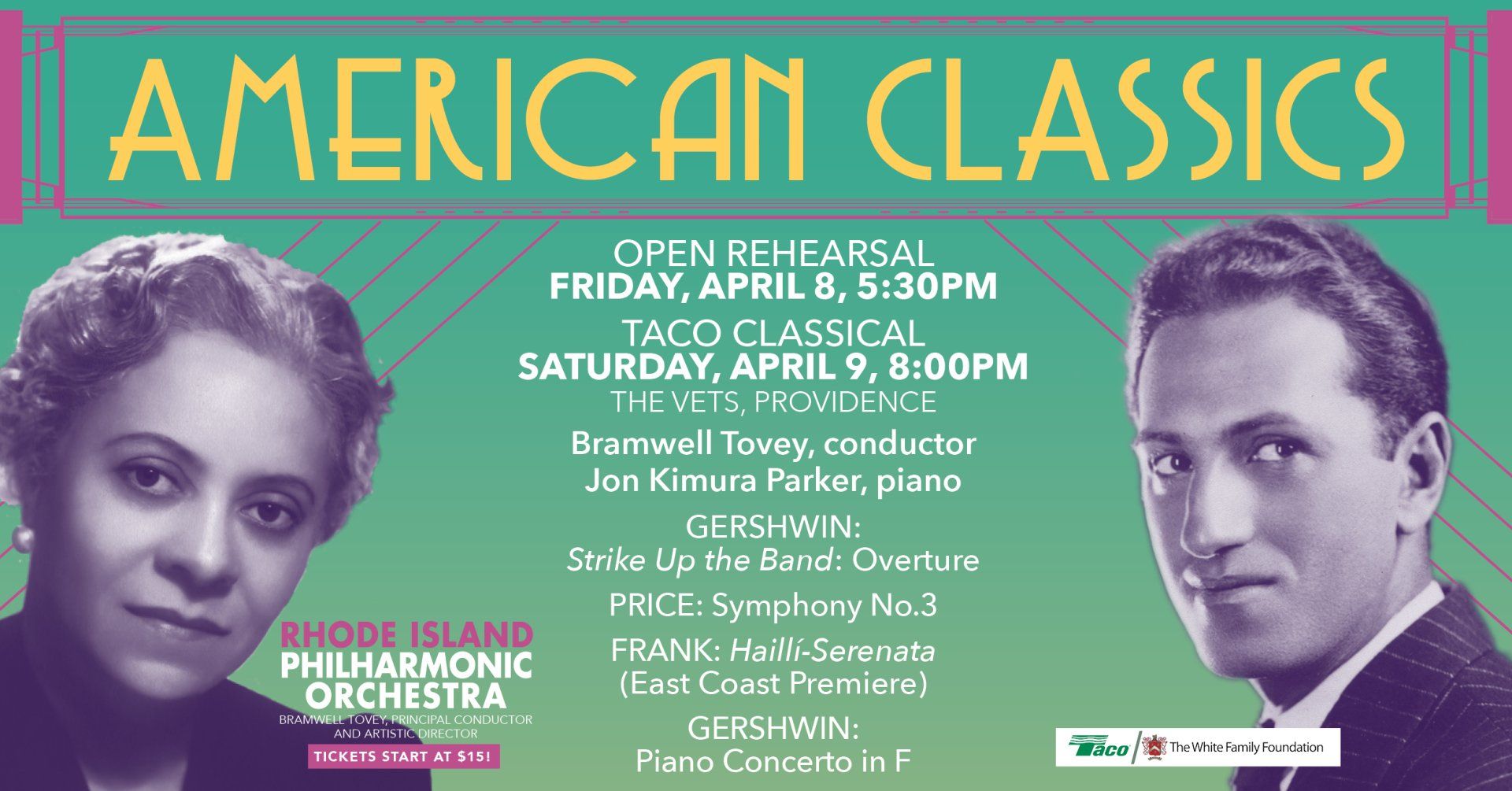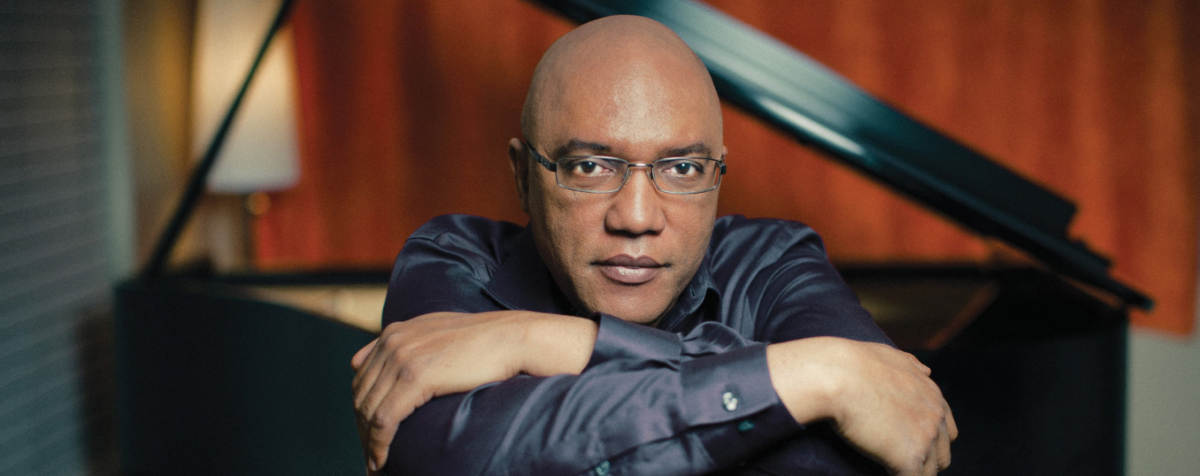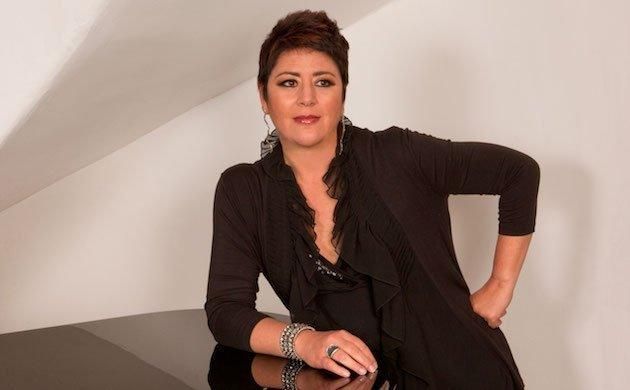THE STORY BEHIND: Gershwin's Overture to "Strike Up the Band"
Share

On April 9, Bramwell Tovey and the Rhode Island Philharmonic Orchestra will present American Classics with pianist Jon Kimura Parker.
THE STORY BEHIND: Gershwin's Overture to
Strike Up the Band
Title:
Strike Up the Band: Overture
Composer: George Gershwin
(1898-1937)
Last time performed by the Rhode Island Philharmonic:
This is a RI Philharmonic Orchestra premiere. This piece is scored for two flutes, piccolo, two oboes, English horn, two clarinets, bass clarinet, two bassoons, contrabassoon, four horns, three trumpets, three trombones, tuba, timpani, percussion, harp, piano and strings.
The Story:
“Satirical musical shows have never been a success in America, though the time may now be ripe. Nor do Americans like to be laughed at on stage,” wrote a reviewer about the 1927
Strike Up the Band out-of-town tryout. The critic was correct, and people proved it by staying away in droves. This satire on Big Business’s influence on American foreign policy was the work of composer George Gershwin, lyricist Ira Gershwin, and playwright George Kaufman. This trio had simply written something too sophisticated. Most of the music was fine. Besides the catchy title song, the show contained an all-time Gershwin great, “The Man I Love.” The problem was mostly the book (script). In January 1930, with people feeling the aftershock of the stock market crash less than three months earlier, theater audiences were more willing to lampoon Big Business and Government than when the show first appeared. A new, more lowbrow version of
Strike Up the Band opened on Broadway that month as one of the most innovative shows of the season. So successful was it that two sequels followed:
Of Thee I Sing (1931) and
Let ’Em Eat Cake (1933).
The story of
Strike Up the Band centers on Horace J, Fletcher, “A Typical Self-Made American” and a chocolate manufacturer, who dreams he has convinced the U.S. Government to put a tariff on Swiss chocolate. In the dream, this draws Switzerland into a war. Immediately, American libraries remove seditious literature like
Swiss Family Robinson from their shelves. The United States finally wins by “decoding” yodels as secret signals of the Swiss Army.
For the new version, Gershwin supplied two new songs, which both went on to become standards: “Soon” and “I’ve Got a Crush on You.” The wonderful title march tune remained intact. Many years later, Ira Gershwin revealed that, in 1927, it had taken his brother five tries to arrive at it. Ira relates that late one night, George appeared at his door in their hotel. “‘I thought you were asleep,’ I said. ‘No, I’ve been lying in bed thinking, and I think I’ve got it.’ ‘Got what?’ I asked. ‘Why, the march, of course. I think I’ve finally got it.’ ‘Come on in.’” There, George played the final version on a piano there. Ira later reflected, “The fifth try turned out to be it. Interestingly enough, the earlier four had been written at the piano; the fifth and final came to him while lying in bed.”
Program Notes by Dr. Michael Fink © 2022 ALL RIGHTS RESERVED
Tickets start at $15! Click HERE or call 401-248-7000 to purchase today!







